Industrial metering diaphragm pumps have earned a reputation for their precision, reliability, and energy efficiency. Their design and operational mechanisms make them a highly effective choice for industries aiming to reduce energy consumption while maintaining performance. One of the key ways these pumps contribute to energy efficiency is through their ability to provide precise fluid delivery. Unlike traditional pumps that may operate continuously or inefficiently, industrial metering diaphragm pumps are specifically designed to deliver accurate amounts of fluid as needed. This precision ensures that the pump only uses energy to move the required volume of fluid, avoiding unnecessary over-pumping or waste. This accurate dosing reduces the overall energy consumption, making the operation more efficient.
Diaphragm pumps operate with minimal mechanical friction due to their simple yet effective diaphragm mechanism. The diaphragm flexes back and forth to move the fluid, without the need for complex moving parts or seals. This simplicity reduces energy losses that are typically associated with friction and wear in more complex pump systems. As a result, the pump runs more smoothly, requiring less energy to perform its duties. The reduction in mechanical friction not only enhances the longevity of the pump but also significantly lowers the energy required to operate it, ultimately contributing to a more energy-efficient system.
Another advantage of industrial metering diaphragm pumps is their ability to offer variable flow control. These pumps can be adjusted to deliver a specific flow rate based on the needs of the application. This adaptability ensures that the pump is not running at full capacity unnecessarily, avoiding the excess energy consumption often seen in less flexible pump designs. In processes where the required flow may vary, the ability to fine-tune the flow rate means the pump only expends energy when and where it is needed, reducing overall energy usage.
The self-priming ability of diaphragm pumps is another factor that contributes to energy efficiency. These pumps can begin operation without external help, eliminating the need for additional energy consumption to prime the pump. This feature is particularly beneficial in applications where the fluid source may fluctuate or have varying viscosities. In such cases, the diaphragm pump maintains its efficiency without requiring additional energy to overcome resistance or re-prime itself. The ability to operate in such conditions further optimizes energy use throughout the entire process.
Metering diaphragm pumps also offer the advantage of minimal pressure loss during operation. Their design ensures that fluid flows with little resistance, which in turn reduces the amount of energy required to overcome internal pressure losses. Many pumps struggle with pressure drops that can lead to energy inefficiency, but the diaphragm pump’s ability to maintain a stable and efficient flow path ensures that energy is not wasted in overcoming unnecessary resistance. This results in a more efficient pumping process, with reduced energy demands.
The leak-proof design of diaphragm pumps contributes significantly to their energy efficiency. With no mechanical seals, there is a lower risk of leaks, which can result in energy loss and system inefficiency. This leak-free operation ensures that the pump runs at its optimal capacity without the need for frequent maintenance or energy-draining repairs. The integrity of the fluid system remains intact, and energy is not wasted on correcting leaks or recharging lost fluids.


 English
English русский
русский عربى
عربى

.jpg)
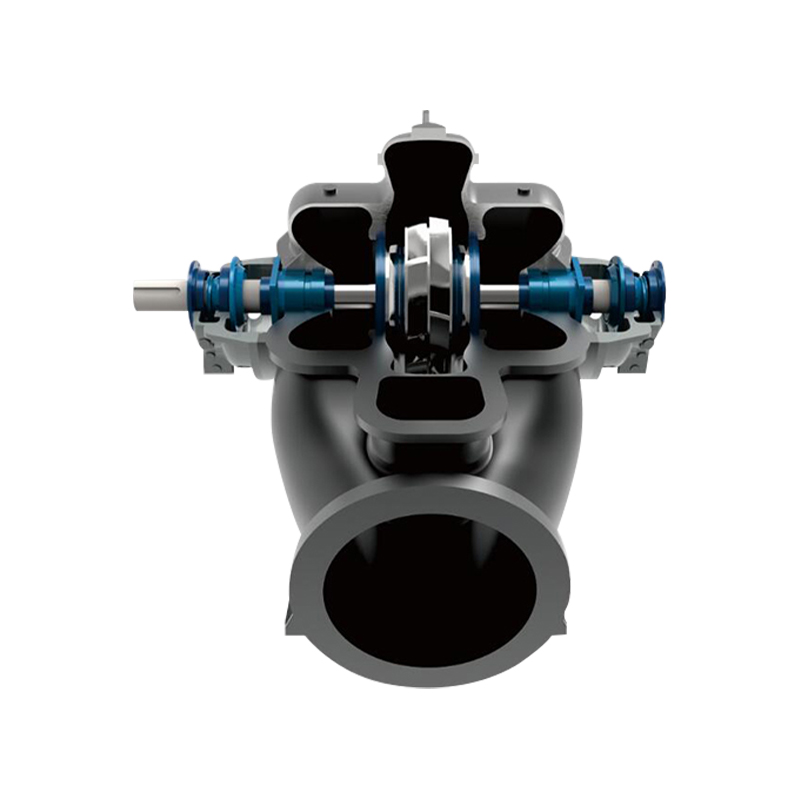
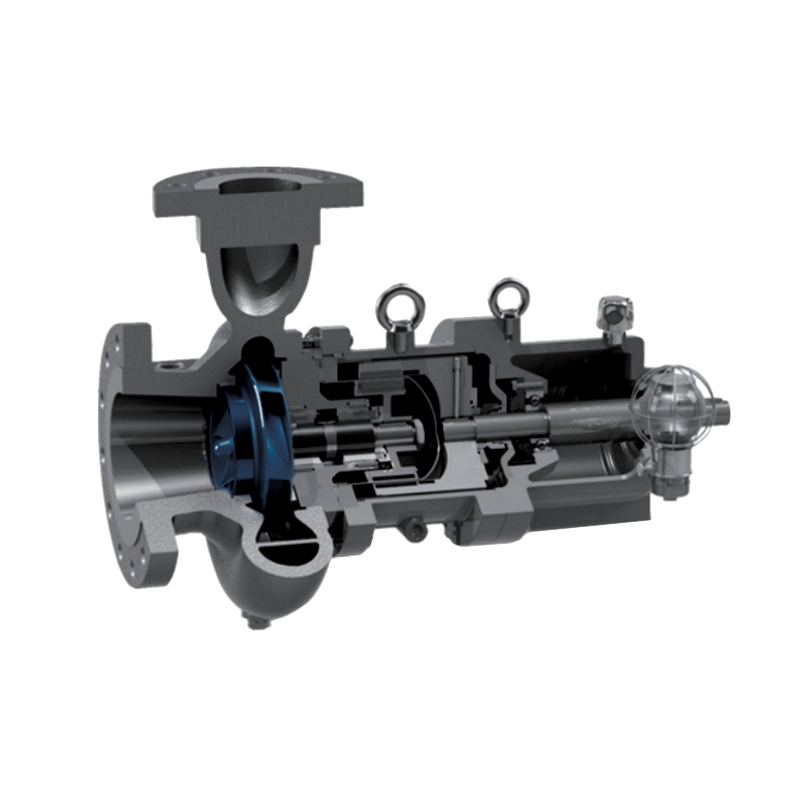
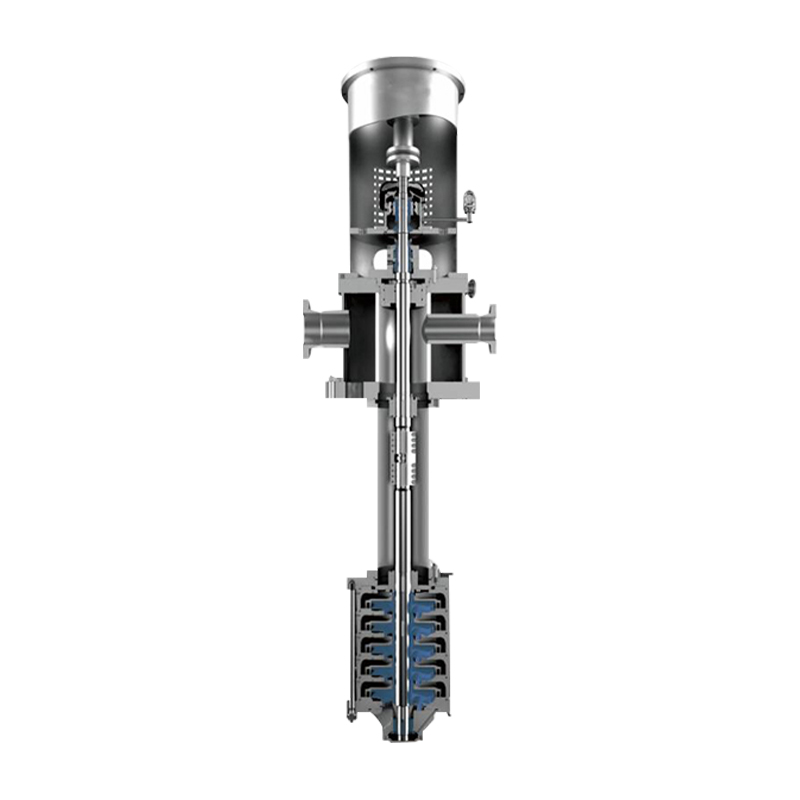
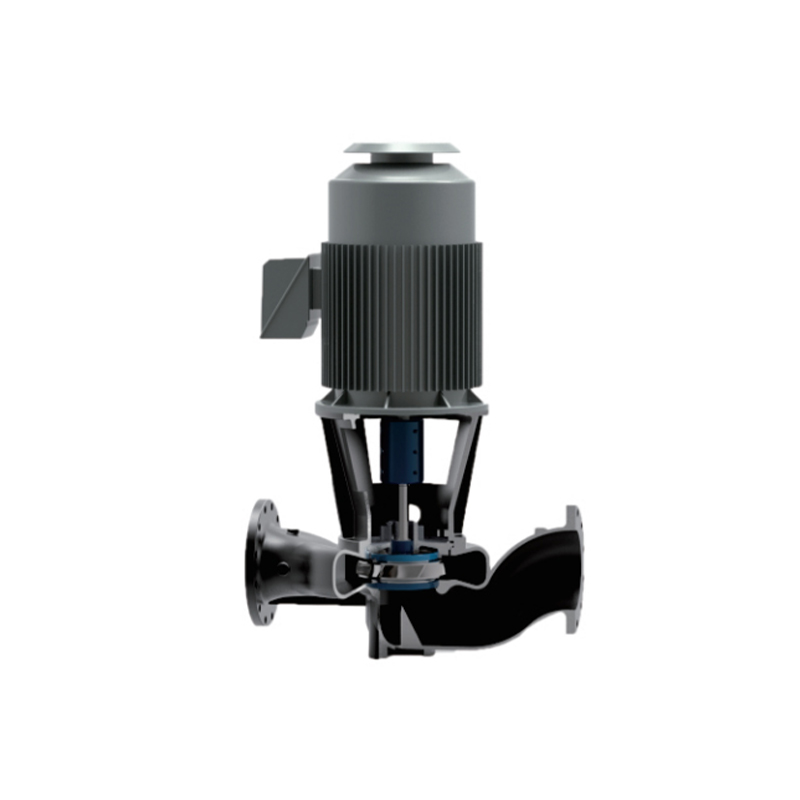
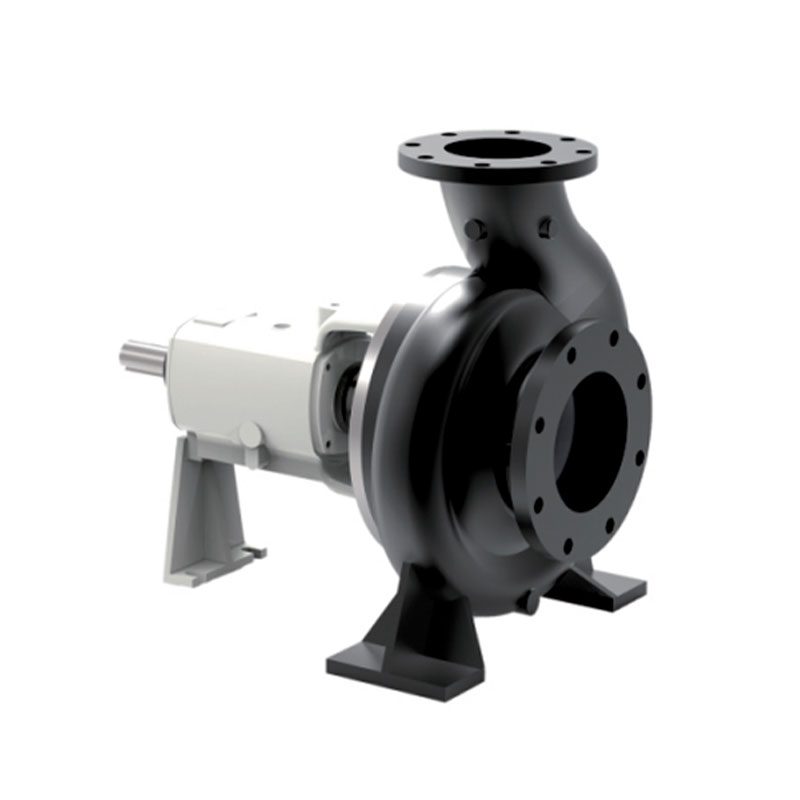
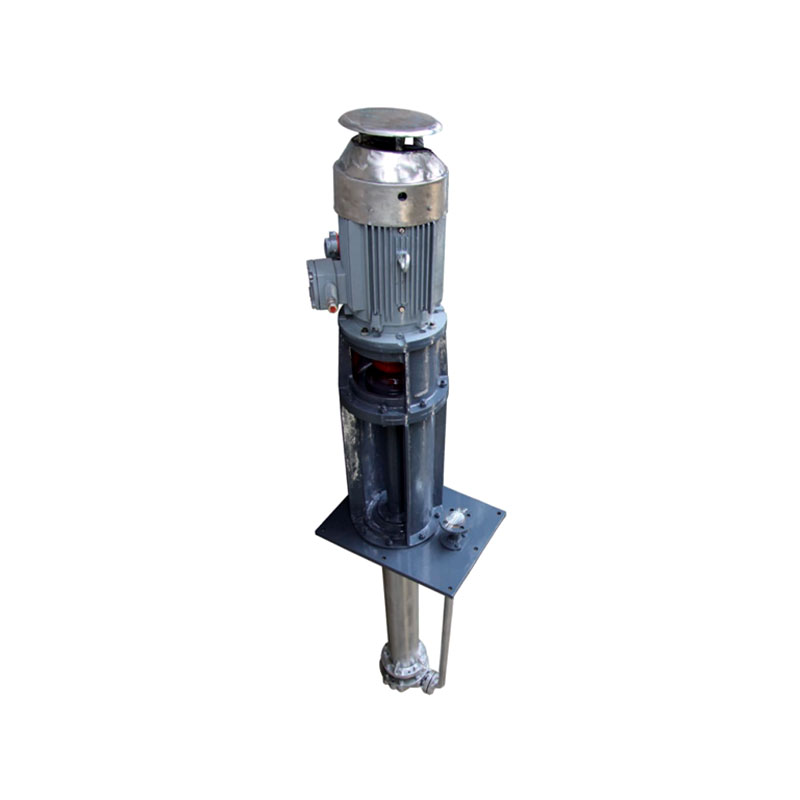
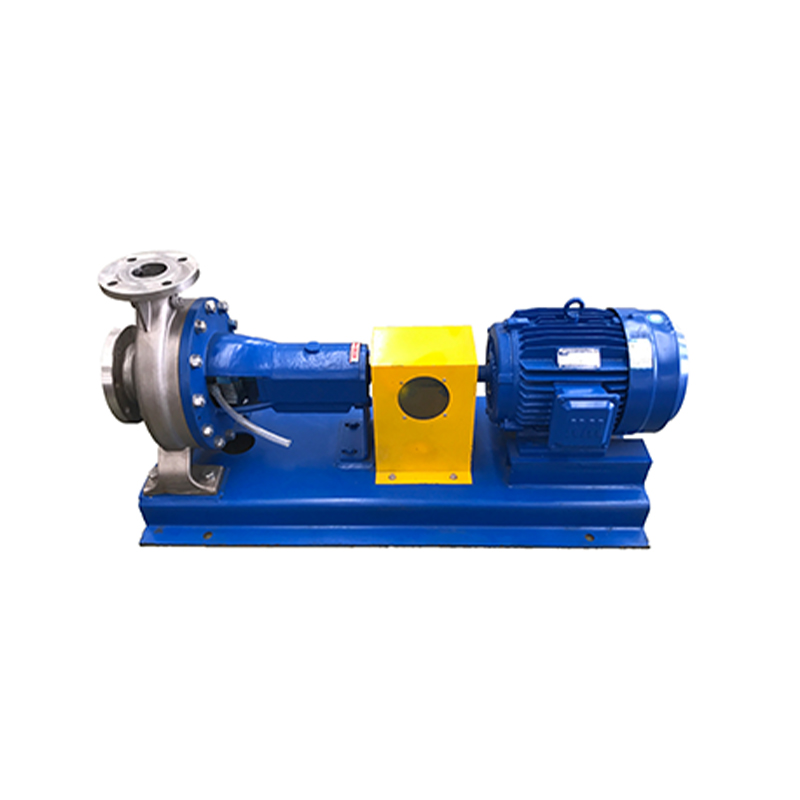

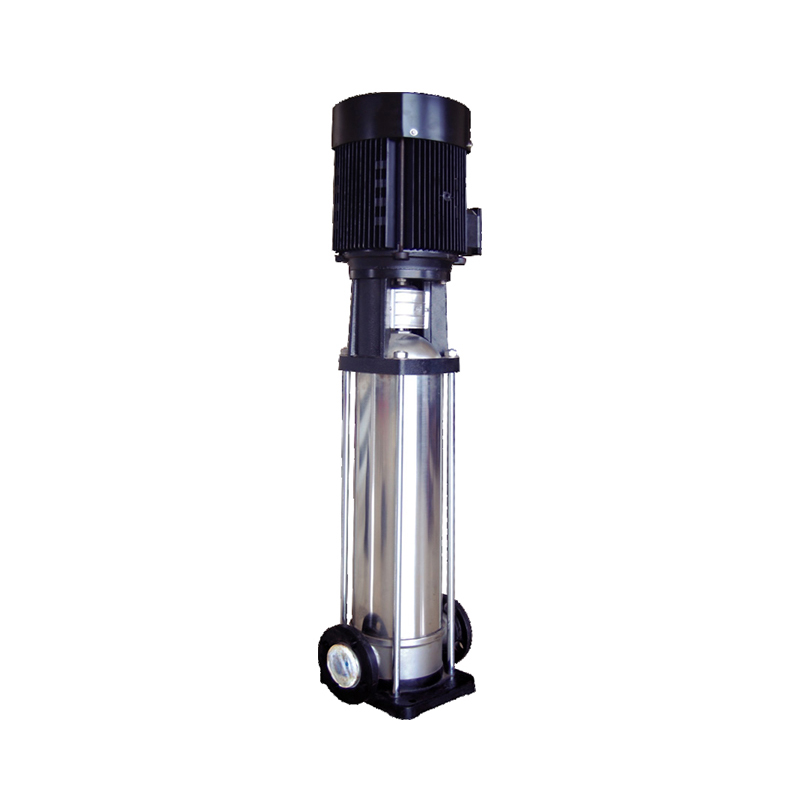






 ENG
ENG

 TOP
TOP